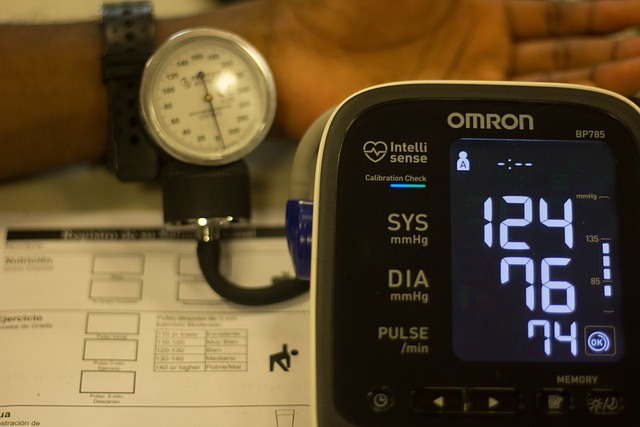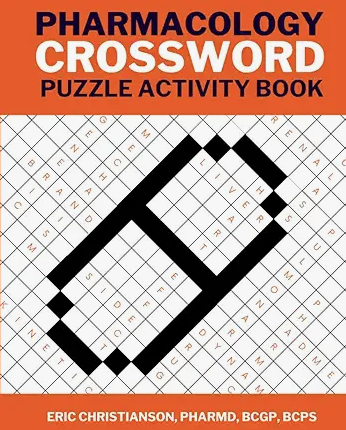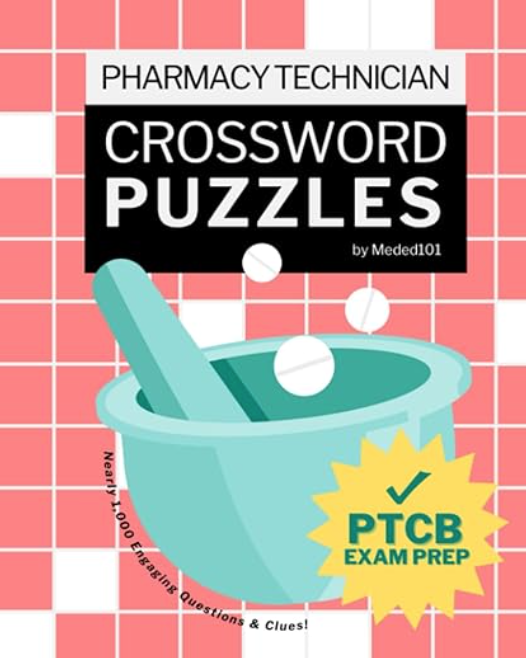ACE Inhibitors have been a workhorse in managing blood pressure for years. While lisinopril is the most commonly used agent that I see in practice, I thought it would be helpful to put together an ACE Inhibitor Comparison table to share with the audience and highlight some important differences. If you’d like more information on ACE inhibitors and lisinopril in general, check out this podcast episode.
| HTN Dosing | Indications | Half-Life | Elimination | Miscellaneous | |
| Lisinopril | 20-40mg/day | HTN, HF, Post-STEMI; Off-label: Migraine ppx, NSTEMI ACS, Proteinuric CKD, nephropathy, Posttransplant erythrocytosis | 12 hours | Renal | Available in combination with HCTZ |
| Enalapril | 5-40mg/day | HTN, HF, Post-STEMI; Off-label: Migraine ppx, NSTEMI ACS, Proteinuric CKD, nephropathy, Posttransplant erythrocytosis | 2-11 hours | Primarily Renal and significant fecal | QD-BID dosing Available in combination with HCTZ |
| Ramipril | 2.5-20mg/day | HTN, CV risk reduction, HF; Off-label: STEMI and NSTEMI ACS, proteinuric CKD, nephropathy | 13-17 hours | Primarily Renal and significant fecal | QD or BID dosing |
| Captopril | 25-150mg TID | HTN, HF, Post-MI ACS, diabetic nephropathy; Off-label: primary aldosteronism | 2 hours | Renal | AE: Altered sense of taste BID-TID dosing Available in combination with HCTZ |
| Benazepril | 20-40mg/day | HTN | 10-11 hours | Renal | Available in combination with amlodipine, HCTZ |
| Perindopril | 4-16mg QD | HTN, Stable coronary artery disease; Off-label: HFrEF | 30-120 hours | Renal | Available in combination with amlodipine |
| Quinapril | 20-80mg QD | HTN, HFrEF | 3 hours | Renal | Available in combination with HCTZ |
| Fosinopril | 10-40mg QD | HTN, HFrEF; Off-label: HIV associated nephropathy | 12 hours | Renal and fecal | Available in combination with HCTZ |
| Trandolapril | 2-4mg QD | HTN, Post-MI HF/LVD; Off-label: HFrEF | 6-10 hours | Primarily fecal and significant renal | Available in combination with verapamil |
| Moexipril | 7.5-30mg/day | HTN | 1.5-10 hours | Primarily fecal and minor renal | QD-BID dosing Available in combination with HCTZ |
Half-Life Differences of ACE Inhibitors
The first major difference is half-life and how that relates to the frequency of dosing. A medication like captopril has a very short half-life and needs to be dosed multiple times per day. This is not good when talking about a medication that a patient is likely going to be taking for years. The shorter the half-life the more likely we are to encounter blood pressure fluctuations as well.
Adverse Effects
In general, the ACE inhibitors have very little variation in adverse effects. Cough, hyperkalemia, renal impairment, and angioedema are the most commonly associated adverse effects and the ones you are likely to see on your board exams and in practice. The one unique adverse effect that occurs with captopril and generally not with other ACE Inhibitors is taste alterations.
Elimination
ACE Inhibitors are primarily eliminated one of two ways. In the ACE Inhibitor Comparison Chart above, you can see these drugs can be eliminated in the urine (renal) or in the feces. What is very nice about ACE inhibitors is that we don’t typically need to worry about metabolic breakdown and interactions through CYP enzymes.
This table was put together by Amy Van Loon, PharmD Candidate.
- 30 medication mistakes PDF
- 18+ Page Drug Interaction PDF
- 10 Commandments of Polypharmacy Webinar based on my experiences in clinical practice









0 Comments